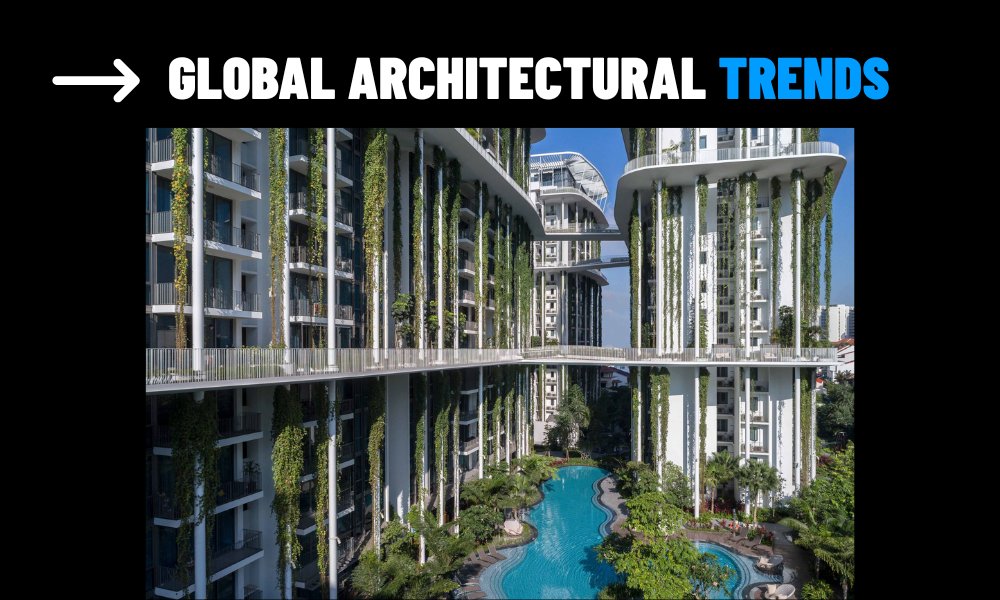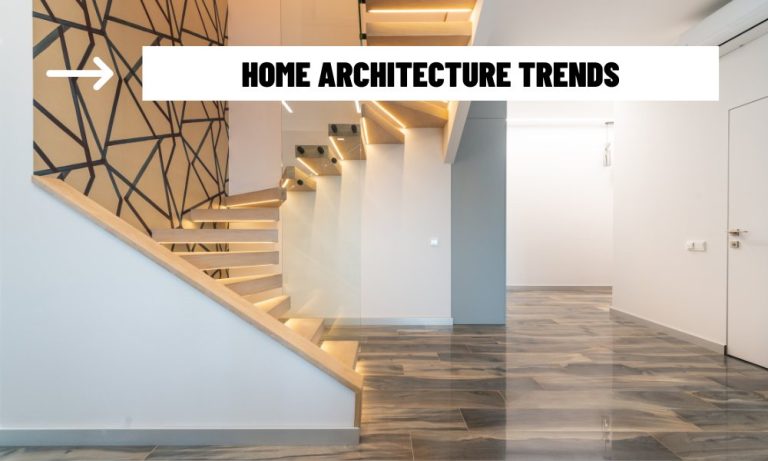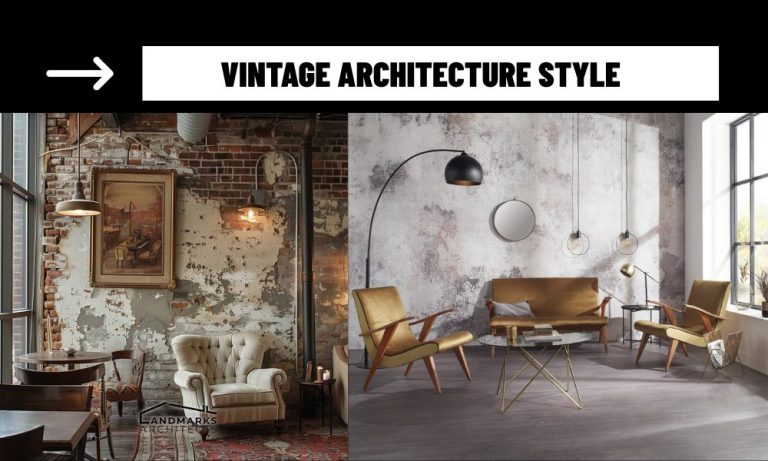Architecture is constantly evolving. As the world changes, so do our needs, lifestyles, and ways of interacting with the built environment. The global architectural trends we see today reflect a fusion of technology, sustainability, and creativity, resulting in innovative designs that focus on both aesthetics and function. Whether it’s creating more sustainable spaces, integrating smart technology, or embracing new construction methods, these trends highlight a future where buildings are not only shelters but active participants in the way we live and work.
1. Sustainability as a Foundation
Sustainability is no longer an afterthought in architecture—it’s a fundamental principle. As environmental concerns continue to grow, architects are increasingly focused on reducing the ecological impact of their designs. Sustainable buildings are now seen as a necessity, not just a trend. The incorporation of energy-efficient systems, eco-friendly materials, and low-carbon technologies is at the forefront of modern architecture.
One of the primary ways architects are achieving this is through net-zero buildings, which produce as much energy as they consume, making them entirely self-sustaining. The use of solar panels, green roofs, and rainwater harvesting systems is becoming standard in urban designs. Not only do these systems reduce the carbon footprint, but they also reduce energy costs and enhance the quality of life for residents.
In addition, natural ventilation, smart thermostats, and efficient lighting are integrated into designs to optimize energy use. Sustainable architecture is about designing buildings that serve their inhabitants while also caring for the environment. The future of architecture will rely on the ability to create spaces that harmonize with nature.

2. Integration of Smart Technology
As the Internet of Things (IoT) continues to grow, smart homes and smart buildings have become integral to modern architecture. The rise of smart technology allows buildings to become more responsive and adaptable, enhancing comfort, efficiency, and security. Architects are increasingly designing buildings with built-in automation systems that control everything from lighting and temperature to security and entertainment.
For example, smart thermostats that learn your routines and adjust temperatures accordingly, or automated lighting systems that adjust based on time of day or occupancy, are now standard features in new residential and commercial designs. Voice-activated systems, like Amazon Alexa or Google Assistant, are also integrated into home designs, allowing residents to control almost every aspect of their environment with just their voice.
Smart buildings aren’t just about convenience—they also contribute to sustainability by monitoring energy usage and optimizing resource consumption. From automated shading systems that control how much sunlight enters the building to smart meters that help track and reduce water and energy use, technology is making our homes and offices more efficient, comfortable, and safe.
3. Nature and Biophilic Design
One of the most influential trends in contemporary architecture is biophilic design—a design philosophy that seeks to connect people with nature through the built environment. This trend is a direct response to urbanization, which has created environments that are often disconnected from the natural world. By incorporating elements of nature into architectural design, biophilic design aims to enhance well-being and create more human-centered spaces.
Architects are increasingly using natural materials, such as wood, stone, and bamboo, to create warm, welcoming environments. Indoor gardens, green walls, and living roofs are common features that not only bring nature indoors but also improve air quality and promote relaxation. This trend has been shown to increase productivity and reduce stress, making it particularly popular in workplace and healthcare designs.
In urban environments, biophilic design is expanding beyond individual buildings to include urban green spaces, such as parks and community gardens. These areas offer a much-needed respite from the concrete jungle, improving mental health and creating opportunities for social interaction.
4. Flexibility and Adaptability in Design
The modern world is fast-paced, and buildings are now being designed to adapt to changing needs. As more people work remotely and require flexible spaces, architects are rethinking how buildings can be multi-functional. Instead of rigidly defined spaces, architects are designing homes and offices with flexible layouts that can be easily adapted as needs evolve.
For instance, open floor plans have become a staple in both residential and commercial architecture. These spaces can easily be rearranged or reconfigured to suit various purposes, such as turning a guest room into an office or a kitchen into a shared living space. Additionally, buildings are incorporating features such as movable walls, modular furniture, and expandable rooms, giving occupants greater freedom and control over their environment.
This trend also extends to the workplace. The rise of co-working spaces reflects the desire for greater flexibility in office environments, where workers can collaborate, focus, or relax in different settings within the same building.
5. Cultural and Regional Identity in Architecture
While global trends in architecture are widespread, there’s a growing recognition of the importance of cultural context in design. Cultural identity is playing an increasingly important role in shaping the way buildings are conceived, with architects seeking to celebrate and incorporate local heritage, traditions, and materials into their designs.
From the use of local materials to the incorporation of traditional design techniques, architects are increasingly turning to local knowledge and regional influences to create buildings that reflect their surroundings. This is especially prominent in public buildings, such as museums, government structures, and cultural centers, where design can be used to tell a story and connect communities to their roots.
In addition, there’s a rising movement toward inclusive design—making spaces that are accessible to everyone, regardless of physical ability or cultural background. This is particularly important in public spaces, where diversity and inclusivity should be reflected in the architecture.
6. Prefabrication and 3D-Printed Architecture
Innovation in construction techniques has given rise to prefabricated buildings and 3D-printed architecture, which are pushing the boundaries of traditional design. Prefabrication involves assembling parts of a building off-site in a controlled environment and then transporting them for final assembly. This method speeds up construction, reduces waste, and lowers costs, all while maintaining high standards of quality and safety.
On the cutting edge of innovation is 3D-printed architecture. Using advanced 3D printing technologies, entire buildings or sections of buildings can now be printed, layer by layer, using materials such as concrete, metal, and even biodegradable substances. 3D printing has the potential to revolutionize construction, offering fast, customized, and cost-effective solutions for residential and commercial buildings.

7. Vertical Living and Urban Density
As cities become more densely populated, the need for vertical living is increasing. High-rise buildings and mixed-use developments are reshaping urban landscapes, offering more efficient use of space and addressing housing shortages in major cities.
Architects are exploring ways to create vertical communities, where residents can live, work, and play all within the same structure. These mixed-use developments often combine residential units, offices, retail spaces, and green areas in a single high-rise complex, reducing the need for cars and encouraging a walkable, connected lifestyle.
In addition, there’s a growing trend toward sky gardens and rooftop spaces, offering residents access to nature without leaving the building. These vertical green spaces are essential for improving urban air quality and providing relaxing environments amidst bustling city life.
The global architectural trends of today reflect a dynamic shift toward creating spaces that are smarter, more sustainable, and more in tune with the natural world. Whether it’s through the integration of advanced technologies, the emphasis on flexible and adaptable designs, or the focus on sustainability, these trends are shaping the future of architecture.
As we move into the future, architecture will continue to evolve, driven by the need to address environmental challenges, societal changes, and technological advancements. Architects around the world are working to create buildings that not only meet the needs of today’s society but also anticipate the demands of tomorrow’s world. With these trends, the buildings of the future will not just be places to live and work—they will be spaces that improve our quality of life, protect our planet, and foster a greater connection between humanity and the environment.














